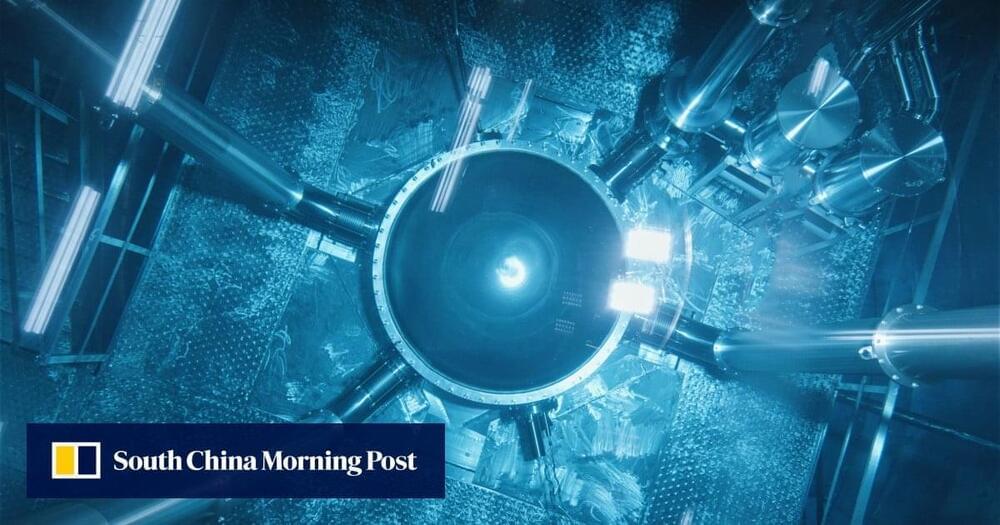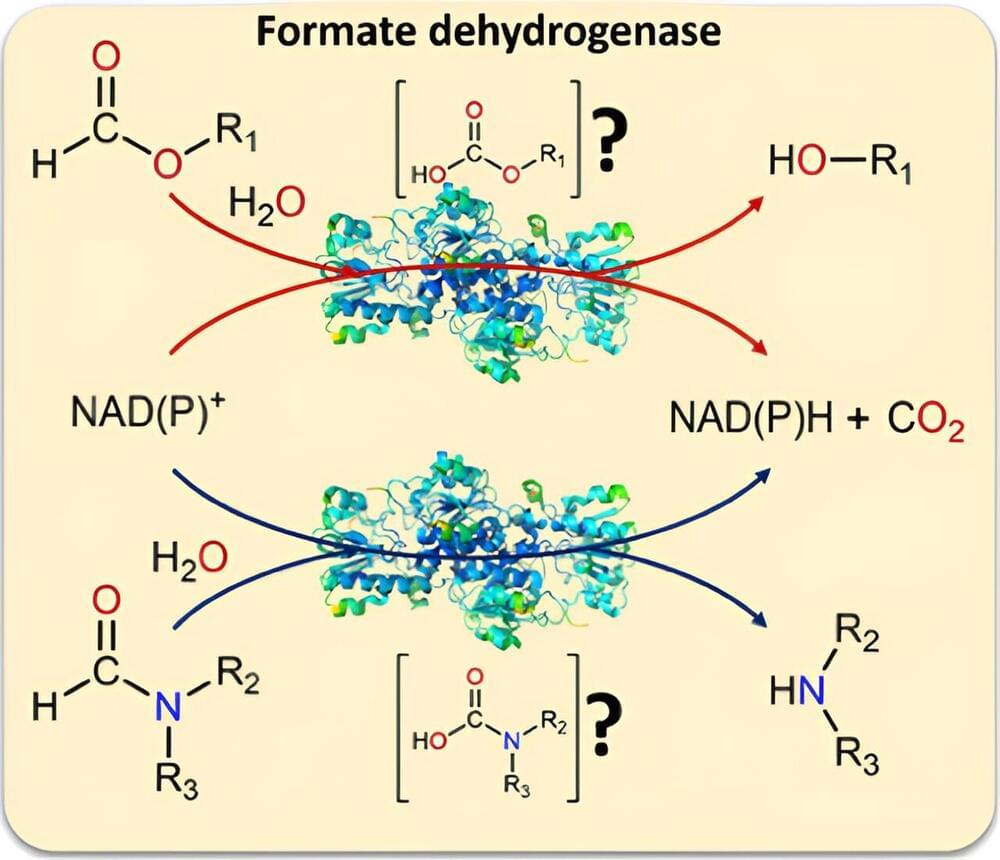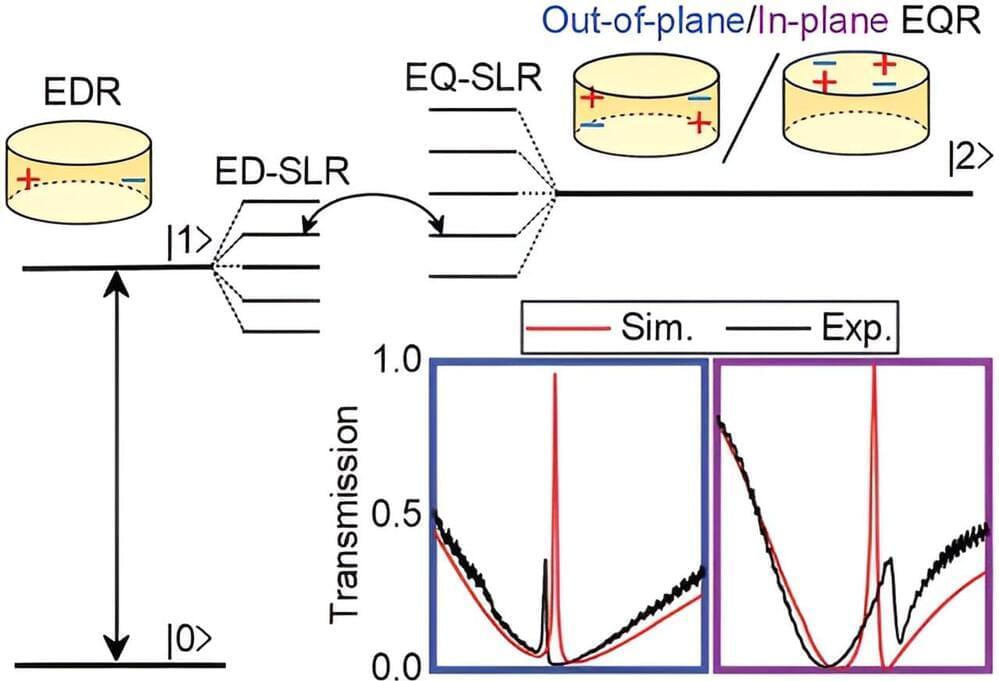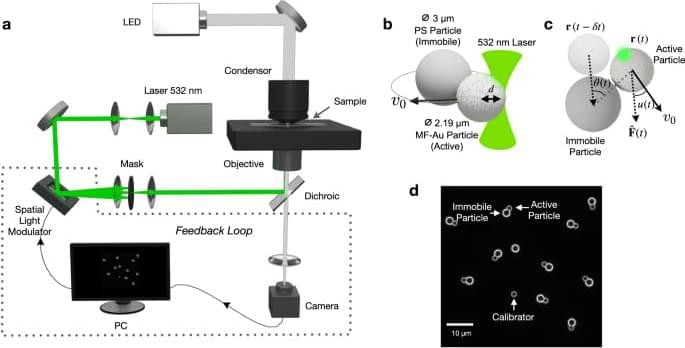Porsche isn’t directly targeting the Tesla Model Y with the new Macan EV, but the two vehicles have many surprising similarities.



SpaceX is teaming up with Northrop Grumman today to deliver more than 8,000 pounds of cargo, fresh food and scientific experiments to astronauts on the International Space Station.
The NG-20 resupply mission will take off from the Space Force’s Cape Canaveral in Florida on a SpaceX Falcon 9 rocket at around 12:07 p.m. EST. Northrop’s Cygnus cargo capsule will arrive at the International Space Station on February 1.
Northrop has been launching Cygnus to the ISS for resupply missions using its own Antares rocket since 2013, with the exception of just two missions that used a United Launch Alliance Atlas 5. But Northrop retired that version of Antares last year, and the next version — an all-American launch vehicle called Antares 330, which it is developing with Firefly Aerospace — will not be ready to fly until around mid-2025.


At the smallest scales, everything is made out of a cloud of quantum possibilities. A new idea attempts to explain how our everyday world comes from this, using the laws of thermodynamics.
By Tom Rivlin

Barry-1 has 2 Quantum Drives: QD1 (Blue Arrow, internal) & QD1-TC (Green Arrow). Both are designed to produce thrust in the same direction (Red Arrow). QD1-TC is expected to produce about 2x the thrust of QD-1. CEO Richard Mansell said it has two drives a 0.25mN and a 0.65mN drive.
The DARPA funding (2018−2022 Quantized Inertia investigation) $1.3 million was for the researcher Mike McCulloch. But none of the DARPA funding has been or is yet for IVO is all privately funded. No VC or DARPA funds. The $17 Million DARPA Otter which appears intended for this type of work, but nothing has been allocated to my knowledge and definitely no DARPA funds have gone to IVO.
If they are fully successful, they will see both at once and see 3x thrust of QD-1. This would prove scaling via multiple devices. The devices are lightweight. If they have additive thrust, it will barely matter that the thrust is tiny. It means that arrays of thousands or millions of devices can be created. The devices might be one millinewton or less but then a million devices achieves constant one thousand newton thrust. The operation for a decade of multiple drives mean this would scale to full up interstellar drives. The best lab result is one watt for 52 millinewtons. The devices flown to orbit have far less thrust and each has different thrust so that it is clear whether zero, one or two devices are working.

A large number of applications in the chemical industry rely on the molecules NADH or NADPH as fuel. A team led by Professor Dirk Tischler, head of the Microbial Biotechnology working group at Ruhr University Bochum, used a biocatalyst to study their production in detail.
The researchers proved that, in addition to formate, the biocatalyst formate dehydrogenase can also convert formamides. This means, for one thing, that the enzyme can also cleave the difficult-to-break C–N bond. For another, formamides are a common solvent.
“This opens up completely new possibilities for poorly soluble NADH reactions as well as NADPH-dependent reactions,” says Tischler.

The speed of light can be intentionally reduced in various media. Various techniques have been developed over the years to slow down light, including electromagnetically induced transparency (EIT), Bose-Einstein condensate (BEC), photonic crystals, and stimulated Brillouin scattering (SBS).
Notably, researchers from Harvard, led by Lene Vestergaard Hau, reduced light speed to 17 m/s in an ultracold atomic gas using EIT, which sparked the interest in exploring EIT analogs in metasurfaces, a transformative platform in optics and photonics.
Despite the benefits, slow-light structures face a significant challenge: Loss, which limits storage time and interaction length. This issue is particularly severe for metasurface analogs of EIT due to scattering loss of nanoparticles and sometimes absorption loss of materials.

The ability of living systems to process signals and information is of vital importance. Inspired by nature, Wang and Cichos show an experimental realization of a physical reservoir computer using self-propelled active microparticles to predict chaotic time series such as the Mackey–Glass and Lorenz series.

Ok… here we go again! (Yes, this is real. Already being tested in full wafers.)